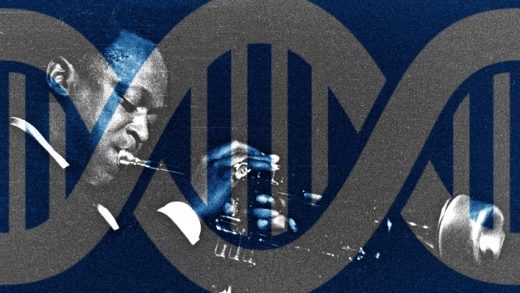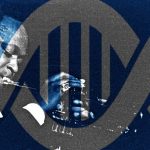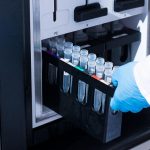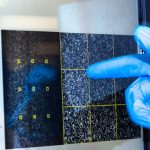In 1,000 Years, This Recording Of Miles Davis Preserved In DNA Will Still Be Perfect
Three hundred years from now, if someone wants to listen to a classic recording of Miles Davis playing at the 1986 Montreux Jazz Festival, they can reach for a piece of DNA. After previous successful demos of storing other data on DNA–including cat photos and an Ok Go video–DNA has now been used for the first time to create an archival-quality file that can be stored for thousands of years.
“We proved that the recording was perfect,” says Emily Leproust, CEO of Twist Bioscience, a DNA synthesis company that worked with researchers at Microsoft and the University of Washington to encode Miles Davis’s live performance of the song “Tutu.” (The company also encoded a live version of Deep Purple playing their hit “Smoke on the Water.”) “That DNA is now stored forever,” she tells Fast Company. “That human creativity and human art is going to be available for the future.”
To convert a digital recording, zeros and ones in the code are translated into the four bases of DNA (A, C, G, T) in a file that can then be synthesized. It’s a process that scientists first proposed in the 1980s, but that advances in technology are making more feasible now. Twist Biosciences’ technology, which synthesizes DNA on silicon, is cheaper and faster than past approaches.
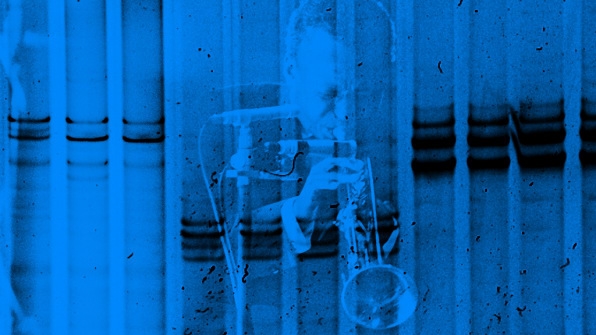
“That [digital] file goes to Twist, we make that DNA from scratch on silicon, we can harvest that speck of DNA–it’s super tiny, you can’t even see it–and that piece of DNA will last forever,” Leproust says. “Tens of years from now, 100 years from now, 1,000 years from now, when people want to hear ‘Smoke on the Water,’ they will be able to take that speck of DNA and read it back on a machine that reads DNA.” The archive will be part of UNESCO’s Memory of the World program, which stores files of global heritage.
It’s still an expensive process (Twist wouldn’t disclose the cost) but as that cost comes down, DNA will likely replace current long-term storage on magnetic tapes that can start to break down after only decades.
“There’s no question that DNA is the best medium to store data for a very long time,” she says. “The next step would be developing the technology further to drop the price such that DNA would be competitive with tape. That’s the next frontier.”
Fast Company , Read Full Story
(53)

